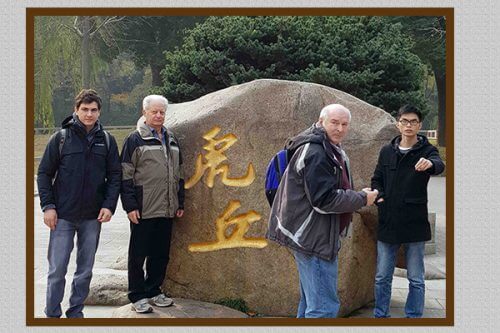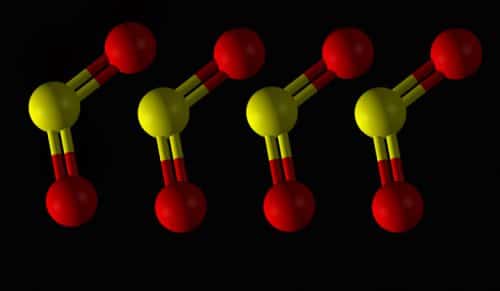The scientists of the Weizmann Institute of Science demonstrated how very short and fast laser flashes make it possible to "place" molecules in a certain direction, with the aim of examining their spatial structure

How exactly is a certain large molecule built? How is a complex molecular structure designed? The answers to these questions may lead to technological inventions, the development of advanced methods of medical treatment and more. The tiny size of these bodies challenges scientists. In 1912, Max von Laue came up with an idea, according to which the irradiation of a crystal made of molecules with X-rays ("X-ray") and the measurement of the dispersion of the radiation after it has hit and "bypassed" the structures being tested (in the crystal) may teach about the spatial structure of the bodies being studied. For this work von Laue won the Nobel Prize in Physics for 1914.
Almost 100 years later, Prof. Ada Yonat from the Weizmann Institute of Science was able to form crystals of ribosomes and with them she was able to decipher the structure of the ribosome, and was awarded, together with Thomas Steitz and Venkataraman Ramakrishnan, the Nobel Prize in Chemistry for 2009. The need to form large crystals still represents a significant challenge To determine the structure of many biological molecules.
Last year, the Nobel Prize in Chemistry was awarded to Jacques Debussy, Joachim Frank and Richard Henderson for the development of cryogenic electron microscopy, which greatly improves the imaging of biological molecules such as proteins. A microscope of this type was recently installed at the Weizmann Institute of Science, and it significantly expands the ability of scientists to study the structure of biological molecules and their function.
The next step in this research journey may be to irradiate individual molecules (that is, not arranged in a crystal), with very short flashes of X-rays and measure the radiation that bypasses them and is scattered by them. In this way it will be possible - in principle - to learn about the structure of a molecule or molecular system, without the need for formation which, in many cases, is difficult and complex.
A necessary condition for the realization of this future vision is that the studied molecules be "positioned" in the same direction ("orientation"). One way to do this is based on using very short flashes of laser light that are faster than all the vibrations and rotations of the molecules being tested. In an article recently published in the scientific journal Nature Communications, Prof. Ilya Averbuch, Prof. Yachiam Pryor and research student Ilya Tiotunikov from the Institute's Department of Chemical and Biological Physics, together with their partners from ECNU University in Shanghai in the group of Prof. Jan Wu, show how flashes of light can be used laser that will cause, in a selective manner, the molecules present in the tested sample to stabilize in the same direction. This will make it possible, later, to examine the spatial structure of these molecules using very fast flashes of X-rays that will be launched by the same lasers themselves.
The scientists demonstrated the new method on sulfur oxide molecules consisting of two oxygen atoms and one sulfur atom. These molecules have an axis determined by the oxygen atoms, and perpendicular to it is the sulfur atom.
"In the first step," says Prof. Pryor, "we sent flashes of laser light aimed at the oxygen atoms - and stabilized the axes of the molecules in the same direction. By using the flashes of another laser, which originates from the first one and is coordinated with it, and while delicately controlling the length and intensity of the flashes, we caused the sulfur atoms in the molecules in the experiment to stabilize in the desired direction." Thus, using two coordinated flashes, the sulfur oxide molecules in the studied sample were stabilized in the same "orientation".
This method raises the possibility of future development of methods for investigating the spatial structure of molecules, using very fast flashes of X-rays and without the need for large crystals. In the future, the method may lead to a more precise recognition of molecular structures and develop possibilities for studying the time-dependent behavior of these molecules.


One response
Fascinating articles
Thanks for the new information